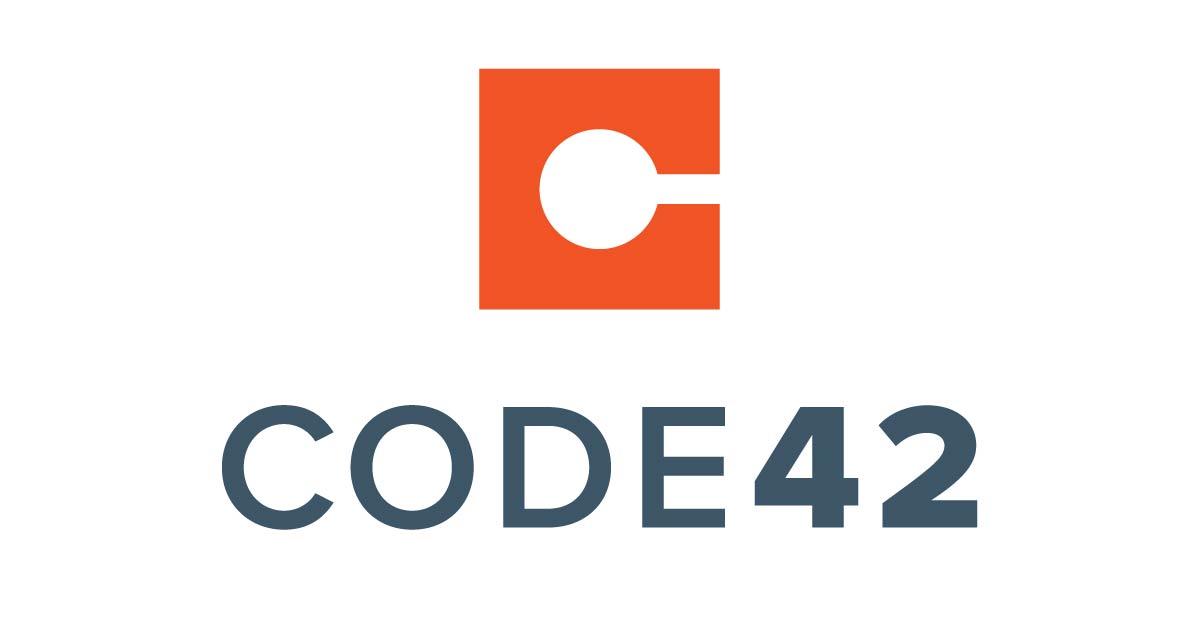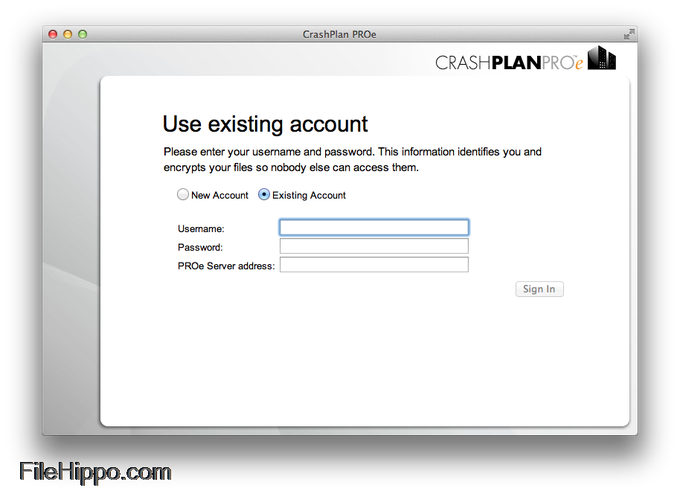
We’ll go into what these are Data. Incydr monitors data, vectors and users. Incydr Code42’s risk detection platform enables security teams to resolve risks arising from exposed files without interrupting existing flows of work.
After it has completed, click on the. Once logged in, the file will start to download. CrashPlan will be uninstalled. However, by licensing CrashPlan PROe server you can be that Cloud and act as the storage provider for other client machines running CrashPlan PROe.Click on Code42 Crashplan and then Uninstall.
Locate the device containing the files you want to download and click Restore. To display or search deleted files from the Code42 console: Sign in to the Code42 console. This may take a few minutes.Code42 console.
I then back-merged most of the changes into the existing CrashPlan client package scripts so everything is as consistent as possible. Instead of undertaking a careful manual install that would be difficult to maintain in future, I decided to go one better – to build a package which integrates properly with Synology DSM. Select the files you want to download, and click Restore.I was recently contracted to implement this on Synology hardware for North Bay Technologies, an IT services company in San Francisco. The file tree refreshes to include deleted files.
Icon Code42CrashPlan4.8.3Win64.msi.Code42 for EnterprisePublished by Code42. Icon Code42CrashPlan4.8.3Mac.dmg. Code42 CrashPlan crashplanapp.

Depending on how up to date your version is, you may need to update incrementally through several versions. Upgrade) available from Code 42 Software. The DSM Package Center upgrade functionality allows you to move between my package versions without losing settings or data, but if you’re moving to a new CrashPlan PROe Server version you will need to do that manually via the admin web app, using the Linux downloads (with file extension. Full support documentation is available here.

Code42 Crashplan Password Yourself And
If you’re trying to troubleshoot an issue you may need to use an SSH session to inspect the more detailed log files which are stored in /volume1/cpproeserver/log The log which is displayed in the package’s Log tab is actually the activity history. The package supports upgrading to future versions while preserving the machine identity, logs, login details, and cache. The default location for saving backup data is set to /volume1/cpproeserver (where /volume1 is you primary storage volume) to eliminate the chance of them being destroyed accidentally by uninstalling the package. This means that you can change the password yourself and CrashPlan will still work.



 0 kommentar(er)
0 kommentar(er)
